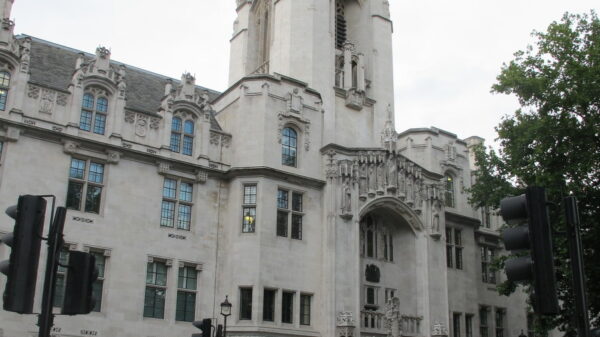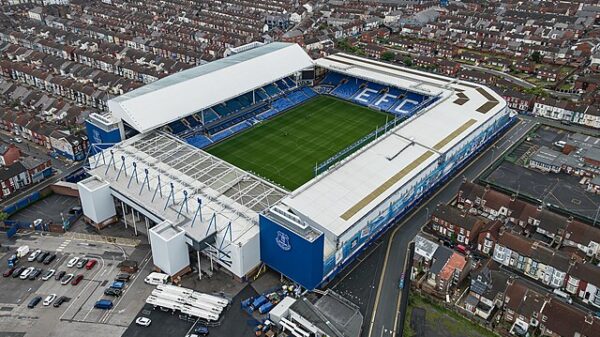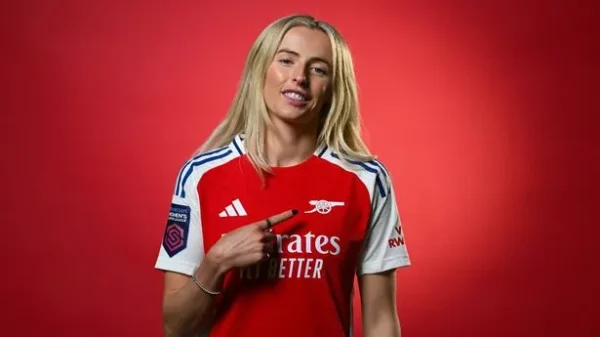Staff writers Grace Holloway and Isabel Moon-Parry assess whether the tradition ‘Big Six’ grouping is still applicable within English Football.
As someone who supports a fairly mid table club, the so-called ‘Big Six’ have always seemed to be in a league of their own: financially, aspirationally, and potentially even literally when considering the proposed European Super League. But with more recent volatility in the league positions, is the traditional ‘Big Six’ grouping still correct?
Growing up in the early 2000s the ‘Big Six’ has always contained Manchester United, Manchester City, Chelsea, Arsenal, Liverpool and Tottenham. This emerged from the teams’ economic and competitive dominance. However, out of the last five seasons only the 21/22 season generated the perfect six in the end results.
The ‘Big Six’ originates from the ‘Big Five’ that consisted of Manchester United, Liverpool, Arsenal, Tottenham, and Everton in the early 90s. It was these clubs who set in motion the events from 1990-1992 that created the Premier League.
In the current Premier League table Manchester United and Tottenham are not even in the top ten, with a slight chance of being dragged into a relegation battle. Even the likes of Bournemouth and Nottingham Forest are now competing for Champions League places. The final eight teams in the 2025 FA cup only contains one big six member: Manchester City.
So is is time for a change in the classification?
Economic groundings
The ‘Big Six’ have in many ways been able to maintain their dominance over English football due to their financial power over the league and Europe. The teams dominated the Deloitte Money League standings in 2023/24 with all six finishing in the top 10. Manchester United finished 4th place in Europe on revenue standings, with €770.6m generated, despite their poor on-field performances.
Discounting Newcastle United, the ‘Big Six’ have over the last 20 years been the teams with the richest owners, whether these be savvy sports team owners or billionaires who are willing to spend big.
It was Chelsea who became subject to the first of the major takeovers of the ‘Big Six’ by foreign owners in the 2000s when they were bought by Russian billionaire, Roman Abramovich for £140m in 2003. Abramovich was forced to sell the club in 2022 after the Russian invasion of Ukraine to LA Dodgers shareholder, Todd Boehly, for £4.25bn, a World Record number at the time.
Manchester United were next up as American billionaire and owner of the NFL’s Tampa Bay Buccaneers, Malcom Glazer, completed a takeover of the club in 2005 for £790m.
In 2007 Liverpool were next to see their team taken over as American’s George Gillett and Tom Hicks beat out a bid from Dubai Investment Capital (DIC) to pay £174m for the club. Their leadership saw huge debt rises and by 2010 administration was on the horizon. The duo were forced to sell the club to Boston-based Fenway Sports Group on October 15th 2010 after a tense court battle.
Arsenal were also subject to a takeover by an American billionaire Stan Kroenke, who also owns the Los Angeles Rams, in 2011 for £731m. Their North London rivals meanwhile have been owned by ENIC since 2001 with Englishman Daniel Levy as Chairman.
Manchester City joined the ‘Big Six’ in part due to the sale of their club to DIC and Sheikh Mansour in September 2008 with chairman Khaldoon Al Mubarak declaring that “We are not going to do crazy stuff, but it makes sense for us to build a dynasty.” Mansour’s ownership of the team has been overshadowed by a two-year UEFA competitions ban, which was overturned in 2020, and their current 130 charges for breaches of financial rules between 2009 and 2018.
Fan base
While they may not be performing at their the best, the Six still have the top fan bases in the league: according to a study last year, they still hold the largest global support.
Manchester United tops the charts with over 80 million global fans. This is followed by Chelsea with 55 million, City with 51million, Liverpool with 48 million, Arsenal with 43 million and Tottenham with 34 million. The top six dominate the global fan base with a gap of 25 million between Tottenham and Leicester City ranked seventh.
However if we look at capacity filled last season, only the Emirates makes it into the top six. The London Stadium and St James’ Park both reached 99.9% and 99.8% capacity last season, reflecting their recent successes. This is also remarkable since the grounds are included in the top seven highest capacities in the league.
Recent achievements and downfalls
League positions bring recognition of success but also qualification for European competitions. Across the last five years we saw three notable high qualifications for European football from teams outside the big six.
West Ham ended their 43-year wait for a major trophy after winning the Europa League last June. However since qualifying for Europe in 2022 the club has failed to finish in the top eight in the Premier League.
In the last two years both Newcastle and Aston Villa have finished within the top 7, both qualifying once for the Champions League. Villa’s qualification was their first ever time in the Champions League, while Newcastle ended a 20 year wait.
To reflect on challenges to the traditional top six, in the last three years, Manchester United, Chelsea and Tottenham have each once failed to finish above eighth place in the league. However it is only Tottenham who have have failed to win a trophy since 2008, after United achieved victory in the Carabao Cup 2023, and Chelsea’s glory days falling not too long ago in 2021.
A look to the future
One notable team that stands out is Newcastle United. Financially and based on fan bases there is still some grounding for the top six. While some of them – Liverpool, City, Arsenal – continue to completely dominate the game, others are becoming more volatile.
There is certainly some weight to include Newcastle in any new classification. Their economic growth, recent league success and highly supportive fan base may only rise further.
Whether we were to change or remove the classification, it appears in terms of performance we are entering a more volatile Premier League era. While the ‘Big Six’ continue to dominate in terms of winning the league, the top six positions are open to many more.




















